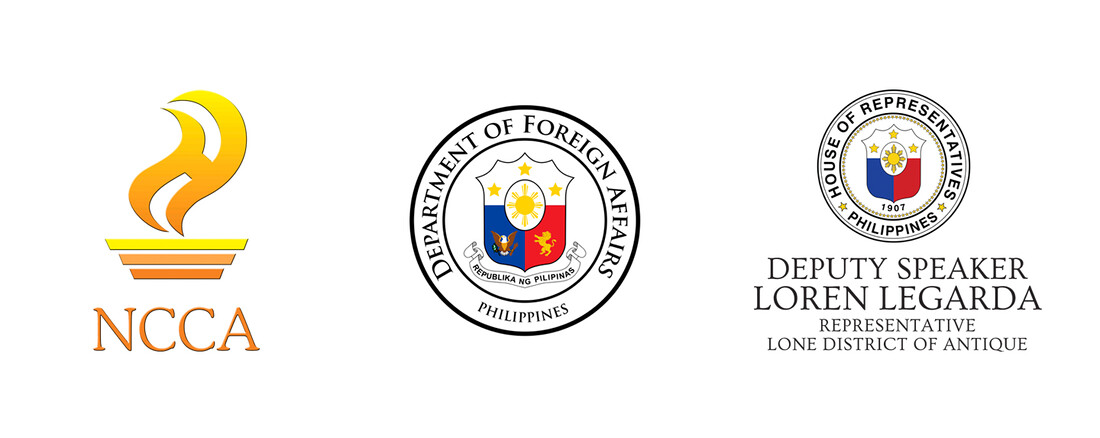Structures of Mutual Support
May 22–November 21, 2021
Artiglierie
Arsenale
Venice
Italy
info@philartvenicebiennale.net
Throughout history, traditions of mutual support have enabled communities to live together in the face of adversities and crises. People have come together through a process built on social relationships, reciprocity, and communal solidarity. Bayanihan, dugnad, talkoot, mutirão, gotong-royong, tequio are different names for such traditions around the world. These traditions predate the market economy and offer different perspectives on “How Will We Live Together?” and how we can discuss, reflect and act on this question collectively.
The Philippine Pavilion exhibition Structures of Mutual Support curated by Framework Collaborative (GKEF community, Sudarshan V. Khadka Jr. & Alexander Eriksson Furunes) explores how the principles of mutual support would shape architecture by involving people directly in the determination of values embedded in it. Through a series of workshops based on bayanihan, the Filipino tradition of mutual support, the community and architects planned, designed and built a community library and conflict-resolution space. Much like bayanihan was used traditionally to move a house from one village to the other, the building has traveled to Venice for the duration of the exhibition before returning back home to the village.
The Philippine Pavilion focuses on how mutual support can propose alternative methods of building spaces and communities that give primacy to collaboration and participation, challenging dominant discourses of sustainability in architectural practice and the larger global order.
For the duration of the Biennale Architettura 2021, the library will be a place to collect stories and experiences of mutual support. The Philippine Pavilion invites you to share your experiences, memories or stories of mutual support to be featured in the library: Stories of Mutual Support.
Curators
The curator for the Philippine Pavilion exhibition, Framework Collaborative, is composed of architects Sudarshan V. Khadka Jr. and Alexander Eriksson Furunes, working in collaboration with the members of GK Enchanted Farm community. The curatorial concept of the Pavilion is rooted in the practice of the two architects Khadka and Furunes as well as the ongoing artistic PhD project “Learning from Bayanihan/Dugnad” (Alexander Eriksson Furunes, Norwegian University of Science and Technology, 2016-21). One of their projects is Streetlight Tagpuro, a post-disaster rebuilding project in Tacloban after super-typhoon Haiyan. The project won the Civic and Community Category and the Small Project of The Year Award at the World Architecture Festival 2017. Their practice has been nominated for the Architectural Review Emerging Architecture Awards 2021.
The GK Enchanted Farm community is composed of members of the Gawad Kalinga Community Development Foundation, a Philippine-based civic movement that was formally established in 2003.
Reflections in the exhibition include contributions by Leika Aruga, Greg Bankoff, Nicole Curato, Nabeel Hamdi, Pablo Helguera, Marisa Morán Jahn, Maaretta Jaukkuri, Sho Konishi, Portia Ladrido, Håkon Lorentzen, Rafi Segal, Hans Skotte, and Jeremy Till.
The Philippine Pavilion at the Artiglierie in the Arsenale will have its vernissage and opening ceremonies on May 20, 2021. The Philippine participation at the 17th International Architecture Exhibition of La Biennale di Venezia is a collaborative undertaking of the National Commission for Culture and the Arts (NCCA), the Department of Foreign Affairs (DFA), and the Office of Deputy Speaker and Congresswoman Loren Legarda.
The Commissioner of the Philippine Pavilion is Arsenio “Nick” J. Lizaso, Chairman of the NCCA.
Press contact:
Jeanne Melissa Severo, Philippine Arts in Venice Biennale (PAVB)
info@philartvenicebiennale.net / www.philartsvenicebiennale.org














